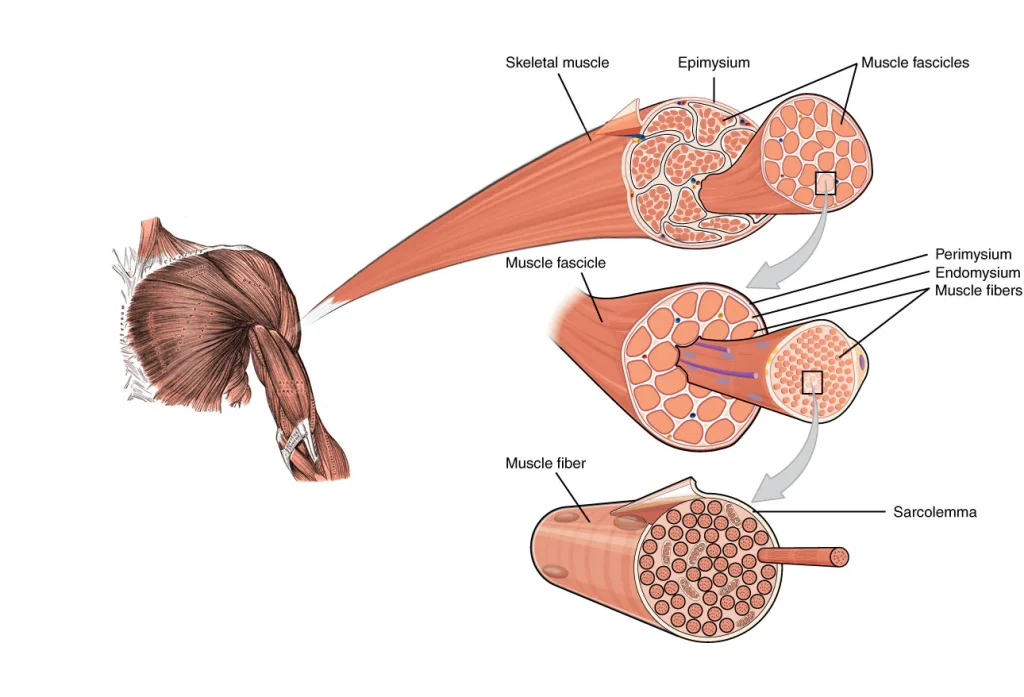Hereditary Myopathies
Hereditary myopathies are a heterogeneous cluster of inherited diseases primarily affecting the skeletal muscle tissue. These are caused by mutations in genes coding proteins vital for muscle structure and performance, with X-linked, autosomal-recessive, or -dominant inheritance patterns.

It includes many sorts of dystrophic and non-dystrophic disorders with a good spectrum of genetic, organic chemistry, microscopic anatomy, and clinical options. A standard characteristic is the presence of hypotonicity and progressive or non-progressive muscle weakness. The onset of hereditary myopathies is common at birth, though they will become evident later in childhood or adulthood. Clinical severity is variable being the early-onset forms typically additional severe.
Diagnosis of hereditary muscle diseases involves physical & medicine analysis, blood tests as well as amino acid enzyme levels (CK), which generally rises in muscle harm and histopathological manufacturers.
Some of the inheritable myopathies are caused by mutations that interfere with particle channels, inflicting either an excessive amount of or deficient current from flowing through the muscle cells. These disorders are typically referred to as channelopathies.
The central core disease looks to wreck, and therefore weaken, muscles by inflicting an excess release of calcium from internal storage compartments.
Nemaline myopathy is caused by mutations that have an effect on filament proteins. When the filament proteins fail to do their jobs, muscles can’t contract properly, inflicting a loss of tone & strength.

